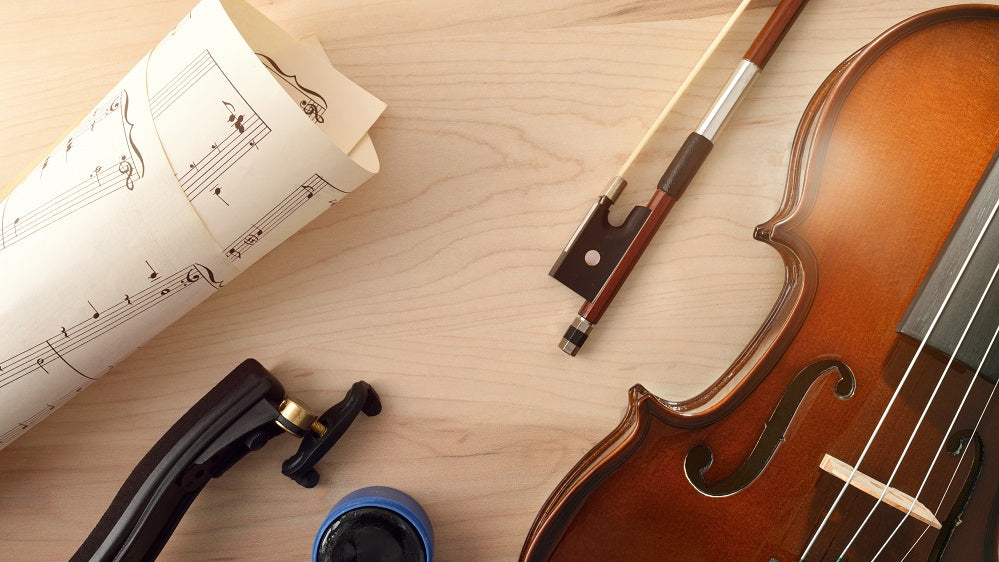The creation of a violin bridge epitomizes the blend of precision and skill inherent in the craft of violin making. This vital component, while small in size, plays a critical role in the functionality and sound quality of the violin. For expert violin makers, understanding and mastering the art of bridge crafting is essential. It not only supports the strings but also transmits their vibrations to the body of the violin, all while influencing its tone.
The Role of the Bridge in Sound Production
The bridge serves as a critical mediator between the strings and the body of the violin, contributing to the instrument's tone. The precise shaping and positioning of the bridge directly affects the sound's clarity, volume, and timbre. The maple wood used for the bridge is chosen for its combination of density, strength, and elasticity; allowing it to withstand string tension while effectively transmitting sound.
Each bridge must be carved and adjusted to fit the individual violin. This process involves meticulous shaping to ensure proper contact with the top of the violin and precise thinning of the bridge to balance strength and flexibility. The feet of the bridge must perfectly match the curvature of the violin's top. This precise fitting is crucial not only for sound transmission but also for the structural integrity of the instrument, distributing the string pressure on just the right amount of the surface area of the feet.
Crafting Techniques and Challenges
Crafting a violin bridge is a process marked by both traditional techniques and individual luthier's style. The initial shaping of the bridge from a maple blank involves careful removal of wood to achieve the desired thickness and contour. The height and curvature of the bridge are tailored to match the violinist's playing style and the specific acoustical properties of the violin.
One of the challenges in bridge shaping is achieving the right balance between strength and flexibility. The bridge must be strong enough to support the tension of the strings, yet flexible enough to allow for optimal vibration transmission. This balance is critical for the overall sound quality of the violin. Fine-tuning the thickness and shape of the bridge is a process a luthier is constantly refining, requiring both patience and precision. Our job maximizes the string energy sent into the body so it must be very efficient with its shape and mass. However, go too far and the bridge may warp, and you run the risk of damaging the instrument.
Innovation and Traditions in Bridge Making
Advancements in technology and materials have introduced new possibilities in bridge making. For example, some modern makers use computer-aided design (CAD) tools to model and prototype bridges. These techniques can give us deeper insight into how the vibrations can move through the materials and how different luthiers styles can change the instrument.
Despite these advancements, the traditional handcrafted approach to bridge making remains the preferred method for most high-end violins. This approach allows for greater customization and adaptation to the specific needs of each instrument and player. As each violin has its unique voice, the bridge must be crafted to complement and enhance its individual characteristics. We can manipulate the bridge material to give the player more of what they are looking for. A violin must be in harmony with the musician.
The Bridge's Impact on Playability and Aesthetics
Beyond its acoustic function, the bridge also significantly impacts the playability of the violin. The string height and spacing at the bridge determine the ease with which the violinist can play the instrument. Properly spaced and shaped grooves on the bridge ensure that the strings are positioned for optimal playability.
Moreover, the bridge contributes to the overall aesthetics of the violin. A well-crafted bridge is not only functional but also adds to the visual appeal of the instrument. The elegance of its curves and the precision of its cut reflect the craftsmanship of the violin maker. Luthiers spend years developing our styles because it represents our hand skills and reputation.


